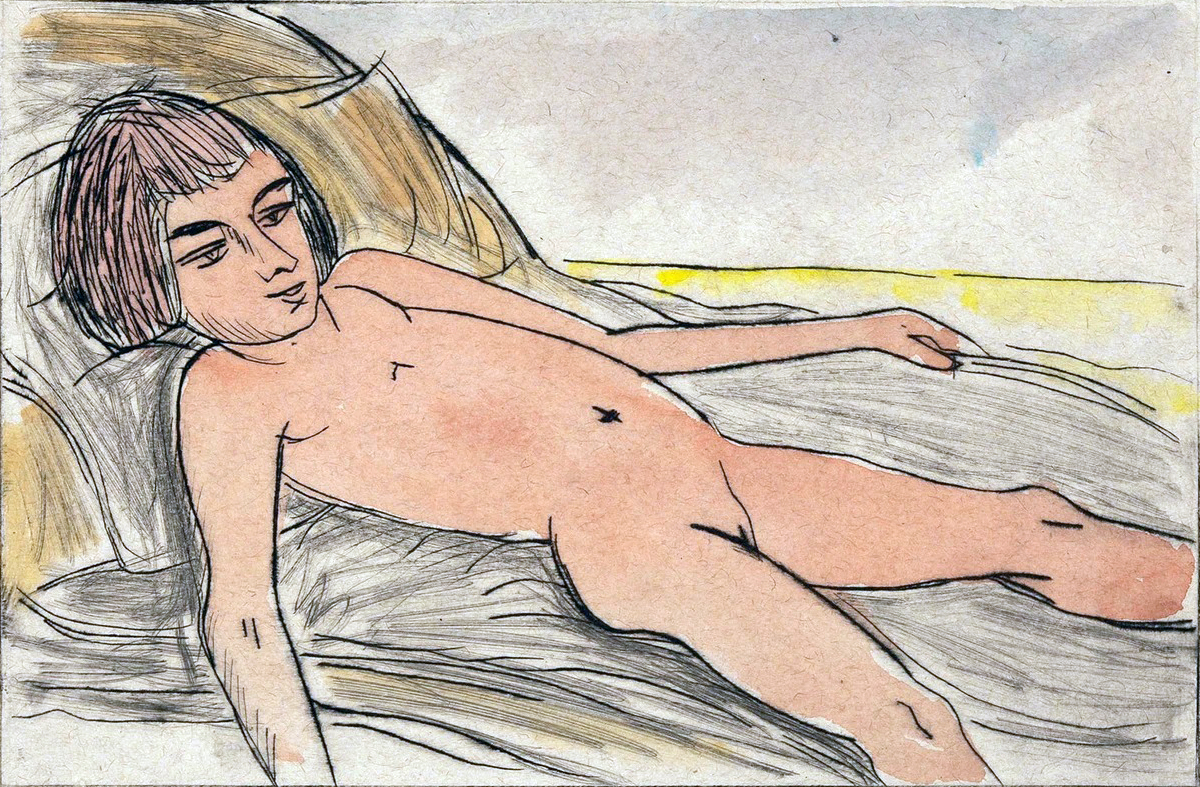
Le Chérif Soliman, lycéen à Alger, est infatigable dans sa quête d’aventures amoureuses. Maintenant il s’unit à deux fillettes âgées de six et sept ans qui font le commerce de leurs charmes. CONTINUE READING / CONTINUER LA LECTURE…

Le Chérif Soliman, lycéen à Alger, est infatigable dans sa quête d’aventures amoureuses. Maintenant il s’unit à deux fillettes âgées de six et sept ans qui font le commerce de leurs charmes. CONTINUE READING / CONTINUER LA LECTURE…
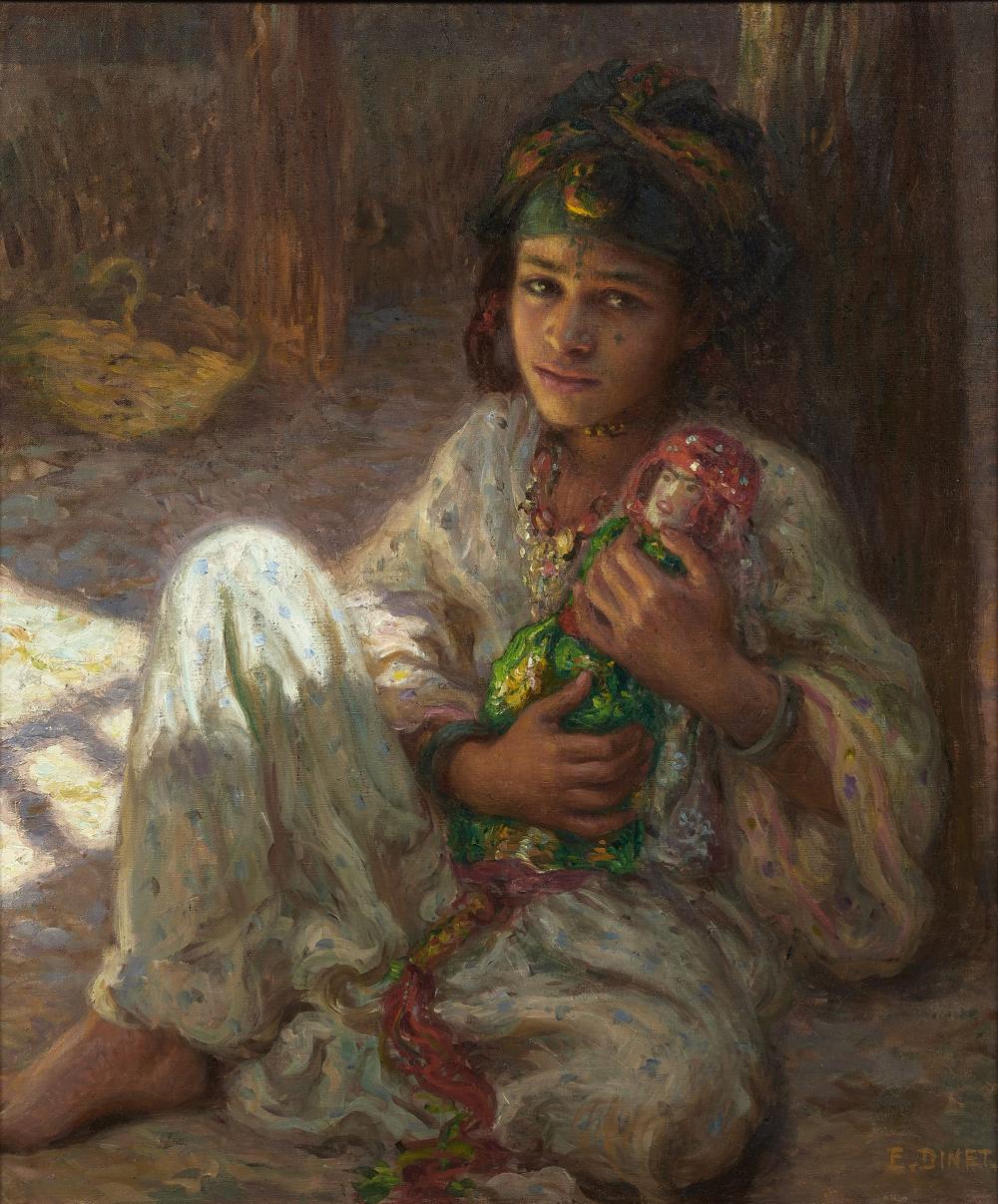
Poursuivons le récit des aventures amoureuses du Chérif Soliman, lycéen à Alger. En plus de sa relation suivie avec sa dulcinée Mimi, il multiplie les conquêtes féminines. Ici nous le voyons séduire deux fillettes âgées de huit ans. CONTINUE READING / CONTINUER LA LECTURE…

En 1917 parut un petit livre érotique dans une édition réservée aux souscripteurs, imprimée en 810 exemplaires numérotés. Intitulé Le Divan d’Amour du Chérif Soliman et dédié « à tous les poètes orientaux et africains », il se présente comme un récit autobiographique traduit de l’Arabe. Il relate, dans un style orientaliste mêlant clichés et anachronismes, la vie amoureuse d’un Algérien nommé Soliman, de son adolescence jusqu’à l’arrivée de la vieillesse. CONTINUE READING / CONTINUER LA LECTURE…
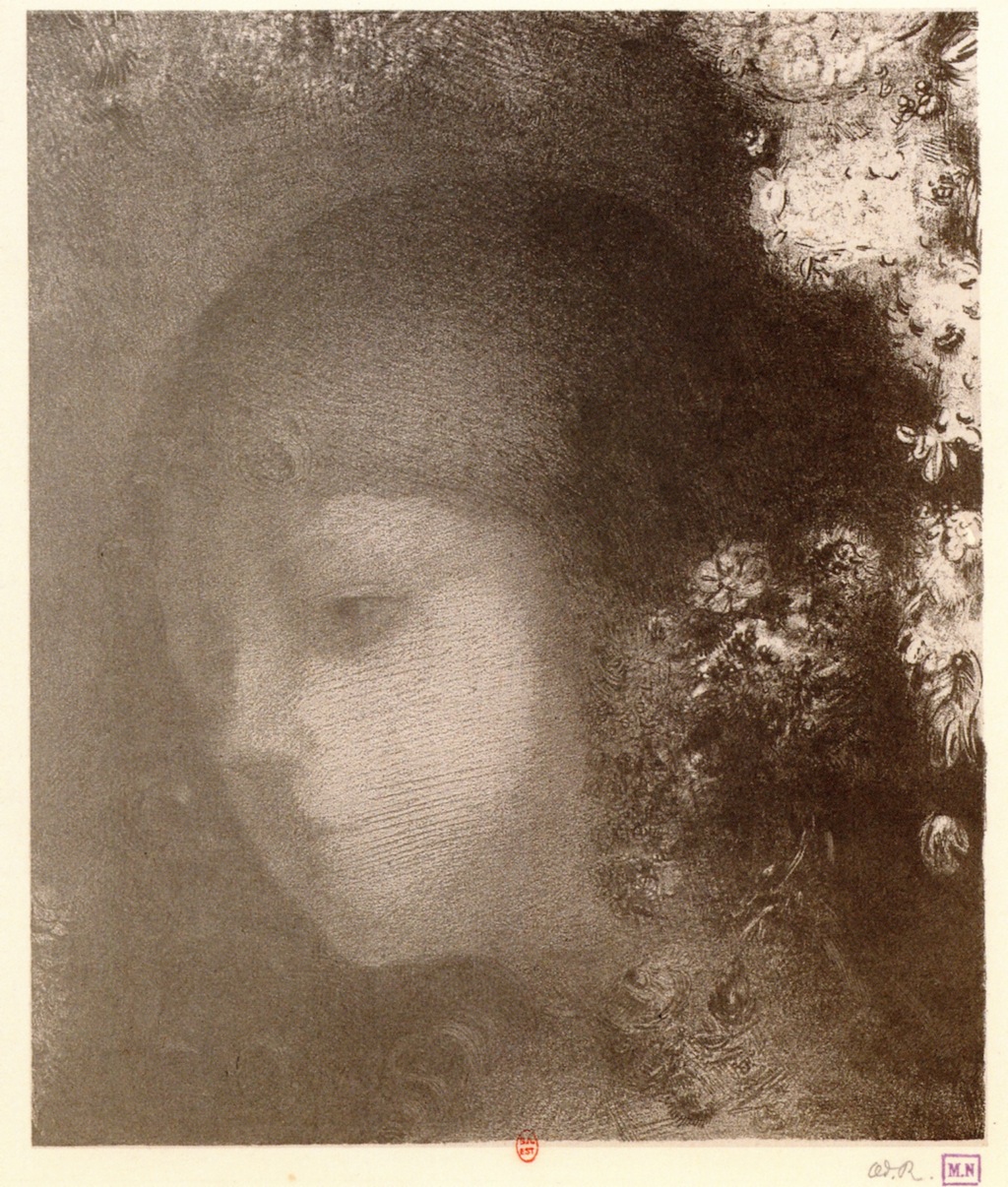
Né le 20 avril 1840 à Bordeaux sous le nom de Bertrand Redon, Odilon Redon est un peintre, dessinateur et graveur symboliste français. Le choix qu’il fit de s’appeler Odilon vient du prénom de sa mère, Odile.
Cultivant une forme d’ésotérisme, ses œuvres sont comme une sorte de fenêtre ouverte sur un monde spirituel caché. Ses peintures oniriques en font un précurseur du surréalisme. CONTINUE READING / CONTINUER LA LECTURE…

Everyone knows about Lewis Carroll’s friendship with Alice Pleasance Liddell, who inspired the main character in his famous books Alice’s Adventures in Wonderland and Through the Looking-Glass; indeed, after a rowing boat travelling during which Carroll regaled Alice and her two sisters with a fantastic story of a girl named Alice who had fallen into a rabbit-hole, she asked him to write it down, and so came Alice’s Adventures Under Ground, the initial version of the first book. CONTINUE READING / CONTINUER LA LECTURE…
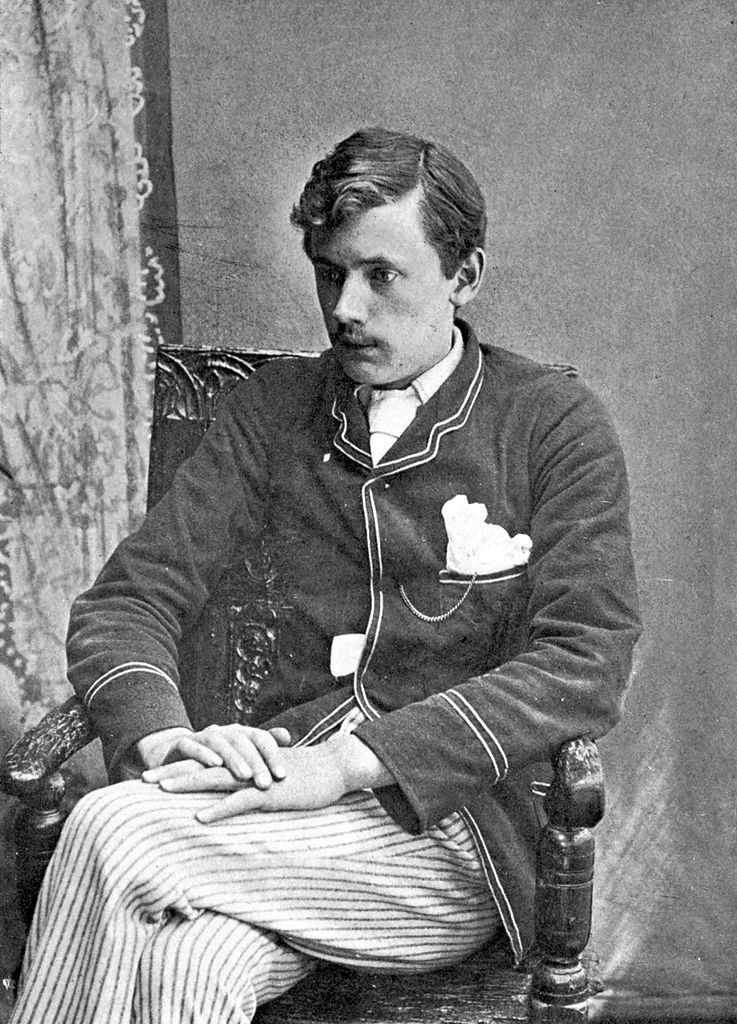
In the first part of this essay, I told how Ernest Dowson met Adelaide Foltinowicz, aged eleven years and a half, whom he nicknamed “Missie” or “Missy,” then he started spending his evenings at her father’s restaurant where she worked as a waitress, and gradually fell in love with her. CONTINUE READING / CONTINUER LA LECTURE…
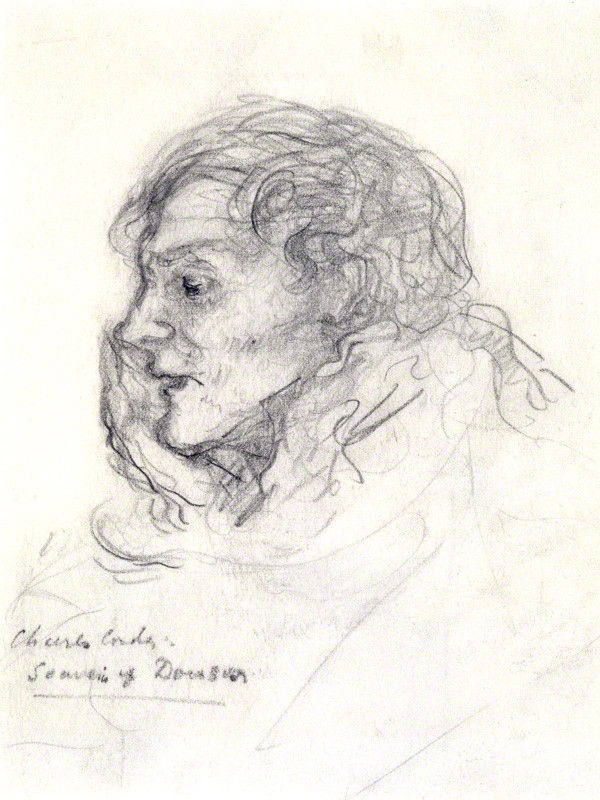
In two previous articles, “Ernest Dowson and the Cult of Minnie Terry” (in Pigtails in Paint) and “Ernest Dowson and the ages of woman” (in this blog), I told that in his youth Ernest Dowson worshipped little girls, in particular the child actress Minnie Terry. But this infatuation remained somewhat on the surface, it did not really move his soul. Indeed, it vanished as soon as he met the true passion of his life, Adelaide Foltinowicz, a girl he nicknamed “Missie” or “Missy.” CONTINUE READING / CONTINUER LA LECTURE…
The writer Ernest Dowson (1867–1900) was a lover of young girls, his deep feelings for them are expressed in several of his poems, notably those that I published from his three collections Poésie Schublade, Verses, and Decorations. More insight can be gained from his correspondence, namely The Letters of Ernest Dowson edited by Desmond Flower and Henry Maas, and New Letters from Ernest Dowson edited Desmond Flower. CONTINUE READING / CONTINUER LA LECTURE…
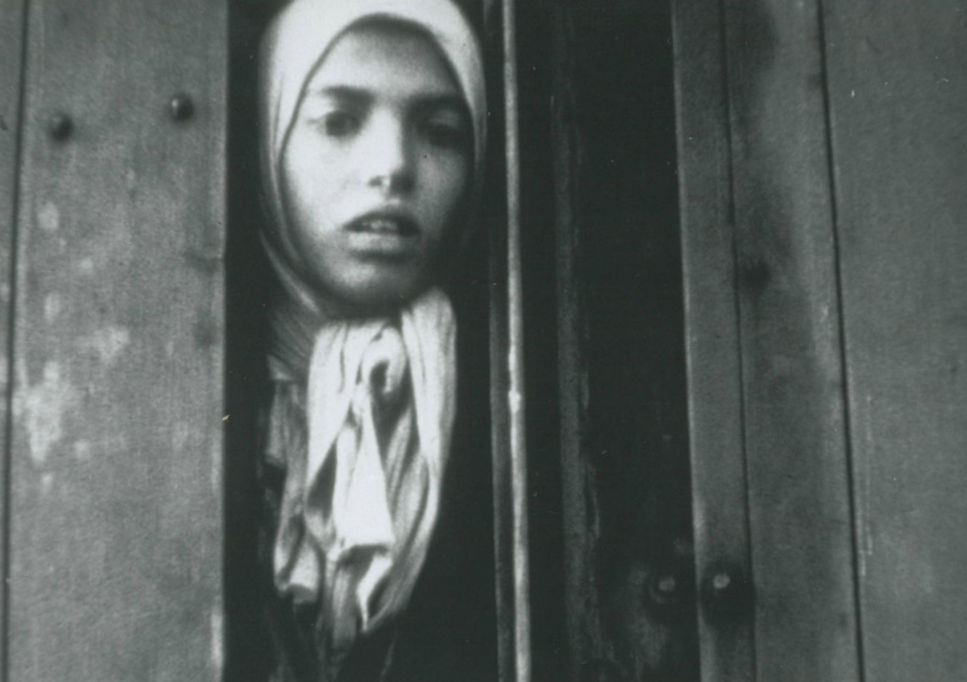
The above picture shows a girl looking terrified as she is locked inside a goods wagon in a train bound for the Auschwitz-Birkenau extermination camp. She wears a headscarf made from a torn sheet, because the Nazis shaved her head under the pretext of preventing lice. It was taken from a film shot on May 19, 1944 in the Westerbork transit camp (The Netherlands) by a Jewish prisoner, Rudolf Werner Breslauer, on the orders of the commander of the camp, Albert Konrad Gemmeker. CONTINUE READING / CONTINUER LA LECTURE…
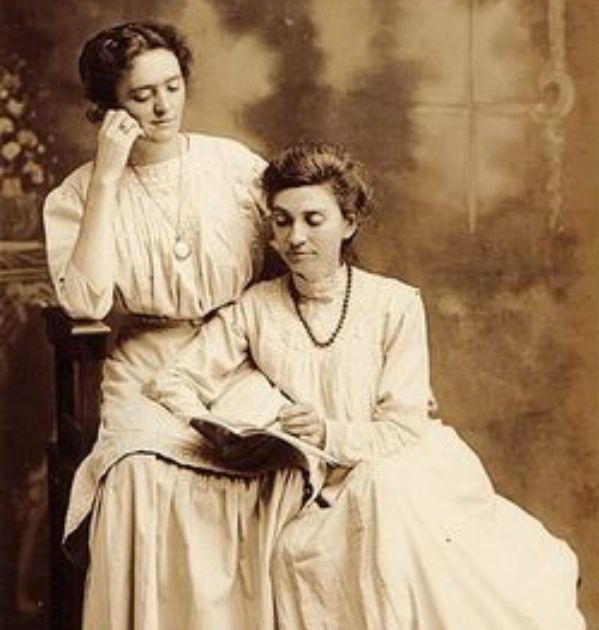
In a recent post, I gave some excerpts of love letters exchanged by Katharine Bradley and Edith Cooper in 1885, the year they celebrated their private marriage. Today, I give two beautiful short quotes from further love letters. Again, they are taken from their complete correspondence edited by Sharon Bickle, and I will refer to these letters by their number in that collection. CONTINUE READING / CONTINUER LA LECTURE…